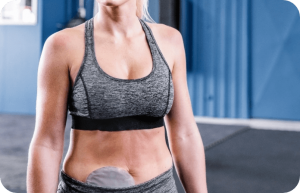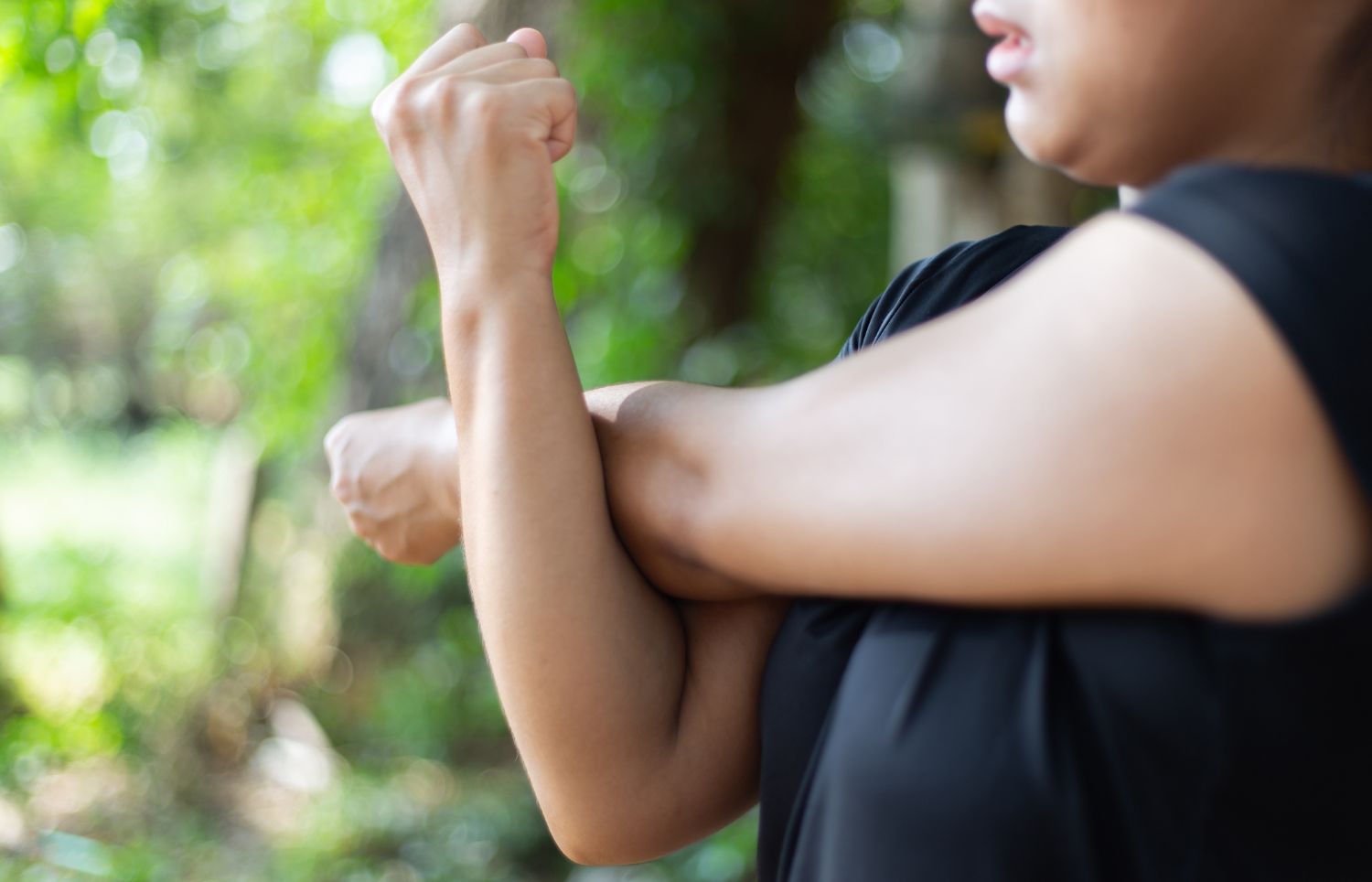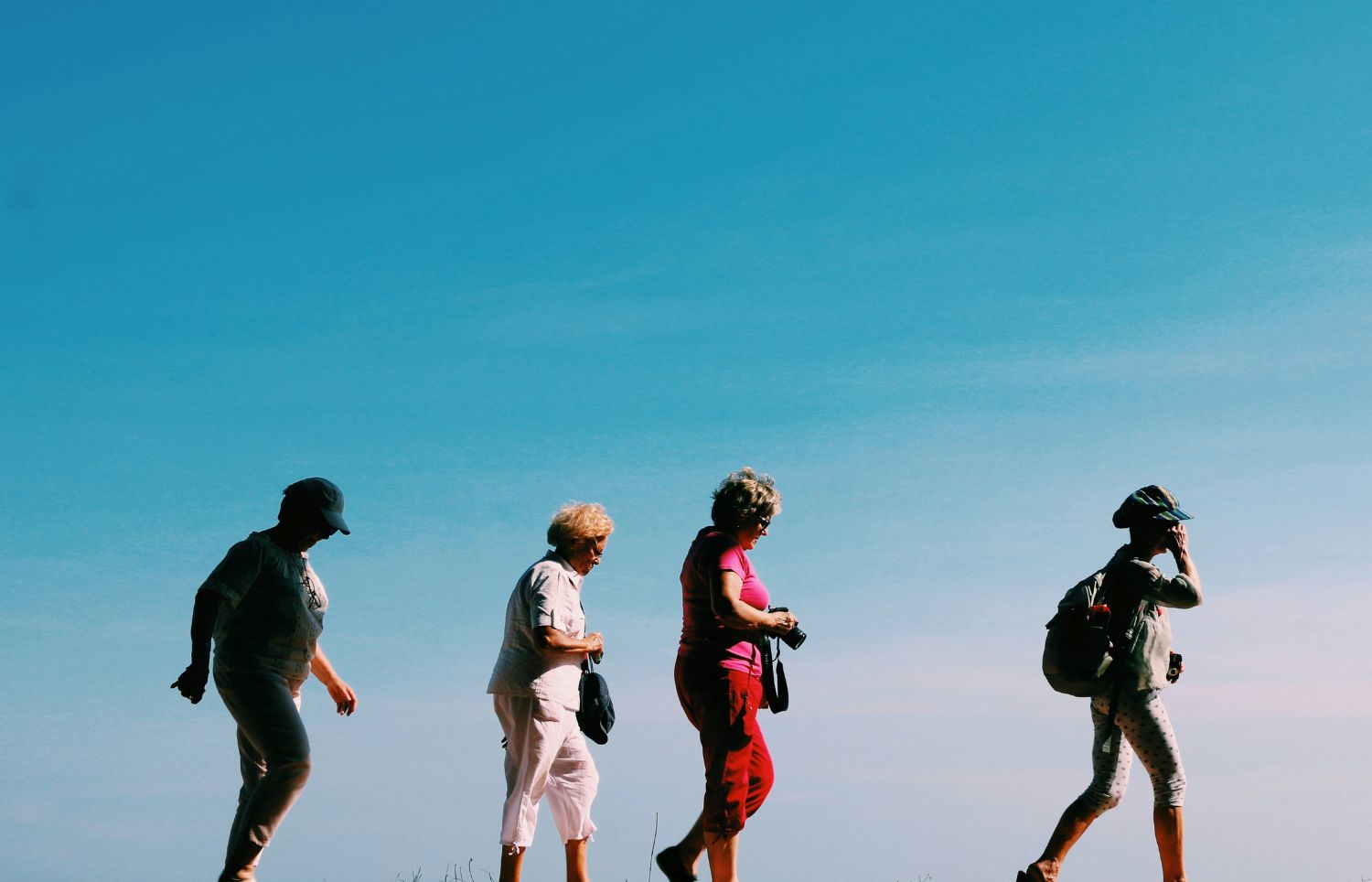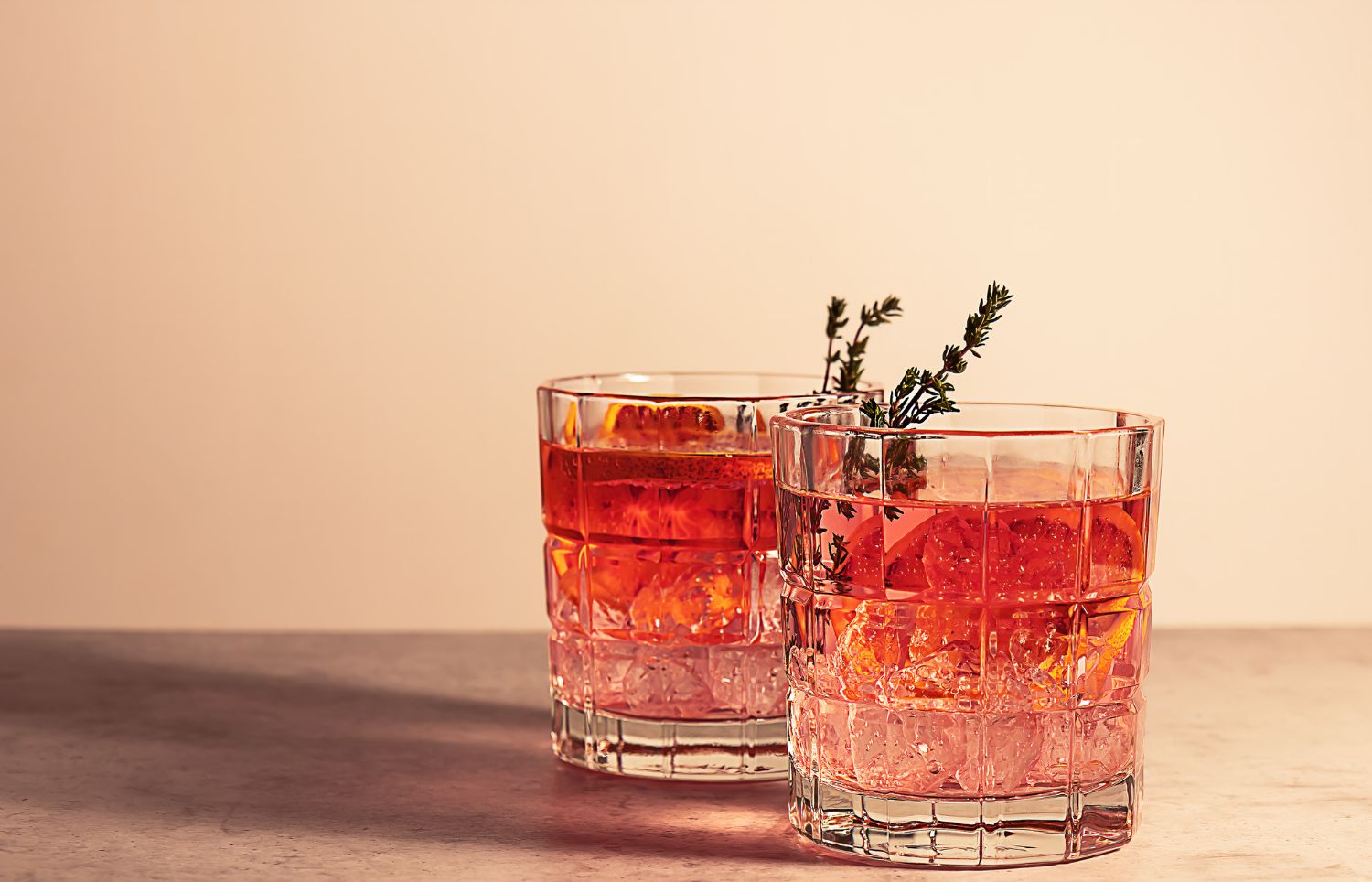Have you ever wondered how those super-energetic people do it? Those bouncy people, who say they feel great after walking the dog at 6am or hitting a new personal best for their 5k run? Exercise is highly personal and we are all coping with various health conditions. Add to that, the list of things you might rather be doing than ‘intentional exercise’ and it’s easy to falter at the first step. But when we really find the activity that helps make your day better, it definitely helps the routine to take shape, and the good habits to kick in.
What works for you, what you enjoy, and what helps you to feel healthier could be very different to the person next to you. It might sound obvious, but finding out what activity also makes you happy can be life changing. If you’re reading this article, it’s likely you’re keen to get started – and it all starts with you.
The NHS recommends around 150 minutes of aerobic activity each week. If you sleep for 8 hours per day, that’s just 20 mins a day that you need to spend exercising.
It’s all about you
The first hurdle is for us to stop comparing ourselves and our fitness levels to others, and just focus on our own goals. Where you are right now matters, because it will help you monitor your progress. Monitor activity on a calendar so that you can monitor progress, and include the duration and activity type. Remember, pick an activity you enjoy to start with as it will mean you are more likely to stick with it.
Decide what you’re going to do and make a simple routine for yourself that’s manageable. Keep it simple and flexible in case you have a bad day. We’re all human!
Give it purpose
Do you walk enough? Walking can be a great way to increase the heart rate whilst remaining in control. You don’t need any special kit and being out in the natural light can also boost your mood. Perhaps you could make some simple rules for yourself to help you get into good habits – such as walking to the corner shop instead of driving. Take your time, and build up slowly.
Building up to a Speed Walk is a good way to push yourself harder as you get used to your new routine. Are there any Nordic Walking groups in your area? This can help your fitness and help protect key joints too. There’s also an increase in Buggy Fitness too, so if you’ve had a baby and are keen to get moving again you can search for a group in your area.
Incorporate an activity; whether it’s connected to the season (nature, bird watching in the park), walking for a coffee or meeting a like minded friend. Giving yourself a purpose could be the difference between keeping to your new routine, or not.
Set a goal, and be realistic
Take a moment to think about where you’re at right now, and where you want to get to. Exercise can be used to lose weight, increase muscle, keep your body functioning efficiently and more. You may have a pre-existing health condition which limits you in some way – what can you do to work around … what can you find that works for you.
Here are some ideas for simple exercises that can raise your heart rate:
- Weights
Sit in a chair or stand, and hold a small weight (start with 1kg) in each hand. You can pick up small dumbbells affordably from many high street retailers. Tense your stomach to protect your back, and bend each arm in turn, in a bicep curl. The weight will help you to control the movement, whilst offering a little resistance to make the body work just hard enough to react. As you build strength, you can increase the weight gradually, the number of repetitions, or extend the weight above your head and back again.
A goal could be to be able to do 30 x 2kg repetitions on each arm, and progress to 5kg.
- Gardening
If you have some outdoor space, why not use it to work up a bit of a sweat? Digging can be a great way to build strength and use up some extra calories, and there’s always pruning or weeding to be done. Make it more rigorous when you can, or keep it gentle. The mental health benefits of being outside are remarkable too – according to the National Allotment Society, spending time in nature can actually make you feel younger!
A goal could be to do at least 30 mins of gardening per day, or to harvest your own vegetables.
- Swimming
The cost of swimming at a leisure centre has shot up recently – but for anyone willing to brave the elements, you could take up wild swimming. There are communities all over the world full of people who swim together regularly, such as the Bluetits, which is totally free and enables people to enjoy swimming in the open air. Find your nearest group and get involved, or start your own ‘flock’.
A goal could be to swim for 30mins or take part in a cold water ‘dip’. If wild swimming, always take a friend and stay within your limits.
- Nordic walking
This is a specific pole walking technique which harnesses the power of the upper body to turn walking into a workout! It can be adapted for anybody and be done anywhere.
Nordic walking brings many more muscles into play than ordinary walking – your chest, arms, shoulders, abs and other core muscles are all involved as well as your legs. Plus the poles propel you forwards helping you walk faster, raising your heart rate and expending energy. It’s a social activity which is great for those looking for a low impact cardio exercise, such as older adults or those with arthritis or knee pain.
- Make it fun
If you’re not one of those bouncy people, you may not find exercise that much fun. What would break that down for you? Could a friend join you for a walk once per week, or could you join a club? There are many running clubs around the country that cater for different ages and abilities and end up being more social than anything else. You could take on an allotment with a friend, or involve your family in the garden.
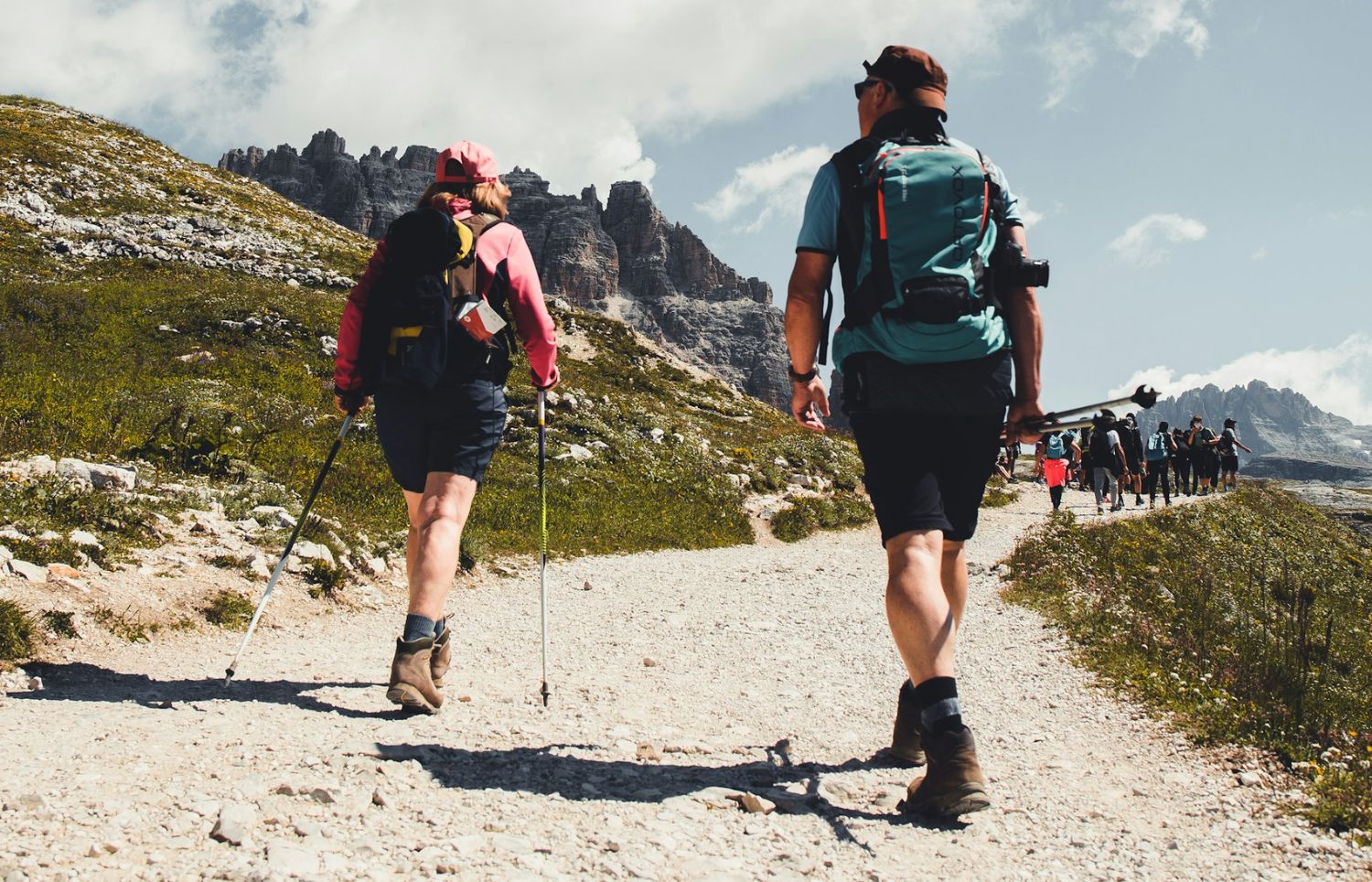
What are the benefits of each type of exercise?
There are many different ways of exercising, each with their own benefit. Mixing it up can be a great way to find what you enjoy, and understand what works for you.
Cardiovascular health
We can improve Cardiovascular health with any continuous movement which gets your heart beating faster than usual, ideally for 10 minutes or more. Starting slowly is the key, and build up as you improve. Be sure to drink plenty of water to replenish liquids in your system and take care if you suffer with asthma or other lung related conditions.
Cardiovascular activity that gets you a little out of breath can bring benefits such as improving heart health, mood, and energy levels.
Balance
Yoga, Pilates and Tai Chi are all designed to use the body’s movements and breath to increase performance. From around 35 years, our bones naturally become less dense as our bodies mature. People with Coeliac disease are also more prone to osteoporosis – with 3 in 4 coeliacs suffering low bone density at any age – as well as women who have gone through menopause. Exercises that put controlled pressure on the body can help maintain bone density – such as balancing on one leg, or holding a plank position. Balance can be difficult to regain as an adult, so be patient – use a wall if you need and build from there.
The benefit of improving bone density is that you are less likely to suffer a serious fracture if you fall. Strong bones can also help you maintain good posture to support back health.
Strength
Weight training is the obvious way to build strength but requires a gym or equipment to get started. Callisthenics on the other hand is excellent for anyone starting out on a fitness journey. It’s a type of exercise that relies on your body’s natural resistance to build strength and fitness. No special equipment is required, and you can perform squats, press ups, lunges, or sit ups for example to build muscle and get the heart working. It’s important to start small, and build up. You can progress to build strength with weights when you’re ready.
The benefits of building muscle is that it works 4 times as hard as fat, so you can literally burn calories while you sleep! Building muscle can also help regulate blood sugar by storing sugar more efficiently, and in turn reduce how soon glucose enters the bloodstream after eating.
Further Information
There are of course plenty of other ways you can get active, but we hope this has given you some starting points for a more active lifestyle. We don’t all need to be Olympic athletes to be able to feel good and enjoy the benefits of exercise!
Make sure you drink plenty of water, and eat a balanced diet to help you achieve your goals. You can find more information in our downloads and our lifestyle fluids and diet article. You can also find our pelvic floor exercises if you need detailed guidance. If you’re making big changes to your exercise habits, please seek guidance from a trained professional to make sure you work in a way that’s safe for you and your health condition.
For now, mix it up, make it fun, and make exercise part of your routine. You’ll soon be looking for new ways to push yourself a little, and encouraging others to join you!


